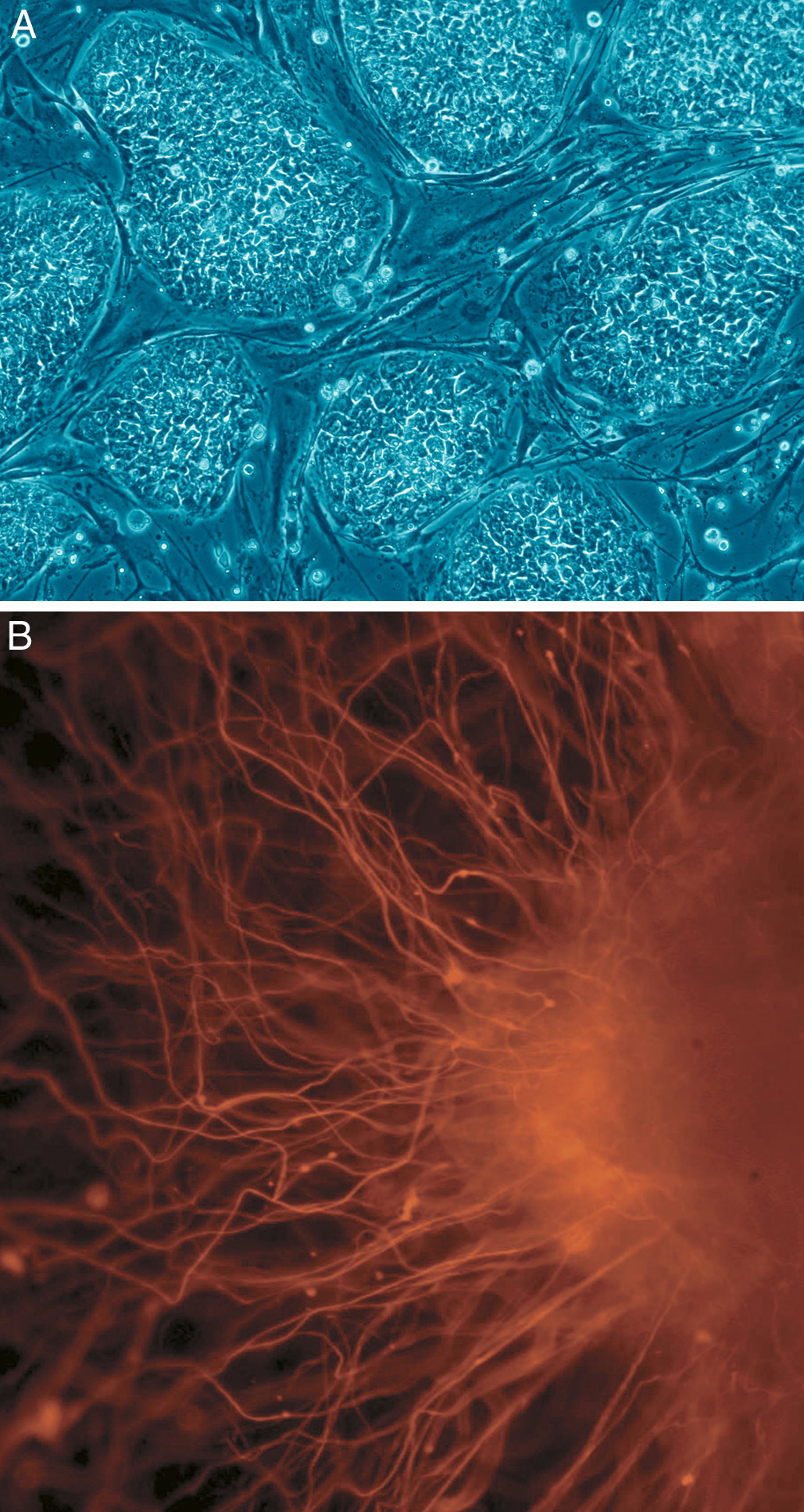
Can patents give scientists or companies the rights to ‘life’? In June this year the US Supreme Court ruled that genes cannot be patented in the States. To say this ruling was controversial would be a massive understatement; this mixed ruling has led to equally mixed reactions from the public, academics and pharma/biotech companies.
Without wanting to take sides, I think high profile cases like this are brilliant because they get people talking about what may be owned by whom, where, and under which conditions. A lot of innovation and scientific discoveries are largely paid for and protected by patents. And since scientists are becoming ever more creative with synthetic biology, I think the questions around whether ‘life’ is patentable are increasingly important.
So I have taken the liberty of compiling a list of need-to-know biological patent questions and example relevant case, in a nutshell, but in no particular order…
 Can you patent a gene? – Association for Molecular Pathology v. Myriad Genetics, 2013
Can you patent a gene? – Association for Molecular Pathology v. Myriad Genetics, 2013
In short, Myriad made kits that test for BRCA1 and BRCA2, two genes that are involved in a certain type of breast cancer. This meant that only Myriad or people who paid for the kit could test whether someone had a gene which increases the chance of developing breast cancer. Although the US Supreme Court’s ultimate decision was that naturally occurring genes can’t be patented in the States any more, there were other important rulings made in the same case. Complementary DNA (like the other side of a molecular zip), artificially-made DNA and gene chips are still patentable in the US, so there’s arguably still room for genetic test innovation.
Can you patent genetically modified organisms? – Diamond v. Chakrabarty, 1981
Ananda Mohan Chakrabarty is a genetic engineer who modified the bacteria Pseudomonas into a new species called Pseudomonas putida which can break down crude oil (useful for oil spills) and polystyrene (useful for recycling). Chakrabarty wanted to patent his invention but his application was refused by the US Patent Office because it was thought that no one should be able to patent a living organism. Eventually the patent was allowed, because even though the bacteria are living, the species is technically ‘human-made’.
Can you farm genetically modified crops? – Monsanto v. Schmeiser 2004
Monsanto genetically modify crops that are resistant to weedkillers like RoundUp (which they also produce). Percy Schmeiser, a Canadian crop farmer, found some canola plants growing on his land that were RoundUp resistant, so he harvested the crop and planted it for the next year. Since Monsanto sell the RoundUp-resistant canola seed, they asked Schmeiser if he would agree to pay for a licence so that he could use their invention on his land. Schmeiser refused, since he argued he didn’t get the seeds from Monsanto but Monsanto eventually sued him. Four years later, Schmeiser managed to bill Monsanto $660 for clearing all the RoundUp-resistant canola from his fields. You win some, you lose some.

Who owns human embryonic stem cells? – Bruestle v. Greenpeace 2011
Greenpeace challenged Professor Bruestle on his new method of treating stem cells from human embryos so that they turned into ‘beginner’ nerve cells. This case led to a ruling by the European Court of Justice that no one in Europe can patent human embryonic stem cells (or techniques that use them) which originate from where an embryo has been destroyed. This is based on an obvious moral argument that no one should profit from destroying human embryos, but some argue that if a technique is legal, it should be patentable.
Can you patent methods of measuring life processes? Mayo v. Prometheus 2012
Prometheus had the rights to sell a kit which allowed doctors to 1. give patients a drug for gastrointestinal disease, 2. measure how well it was working, and 3. work out whether to increase or decrease the dose. Mayo used to get this kit from Prometheus but then they stopped buying and subsequently started making their own instead. Prometheus tried suing Mayo, but in court it was argued that steps 1 and 2 were pretty standard, and that step 3 was a logical decision based on a mathematical equation, which can’t really be patented. The kit’s patent was revoked, though the case still impacts today on research into personalised medicine. Here’s a (spoof) video that deals with some of the emotional quandary resulting from this case.

Can you patent a species? Indian Government v. WR Grace 2005
You could try to patent substances derived from naturally occurring species, but you might become hugely unpopular. In Europe a patent was granted for a fungicide derived from neem, an Indian tree used by locals for more than two thousand years for… well, its anti-fungal, medicinal properties. Once this was pointed out by the Indian Government, the patent was revoked.
I hope you have enjoyed this list*. Incidentally, while I don’t think Buzzfeed has patented the idea of creating lists, they have created a list of totally bizarre patents, which you may also enjoy. Cheers Buzzfeed.
Post by Natasha Bray
*I should point out now a) I am not a lawyer so none of the above is advice or guaranteed and b) patent law evolves and varies hugely between countries, so some of the items on this list may be ‘invalid’ (…so to speak).
HI
Thank you to publish this article very informative and usefull.
With Regards
Abhishek Choudhary
LL.M